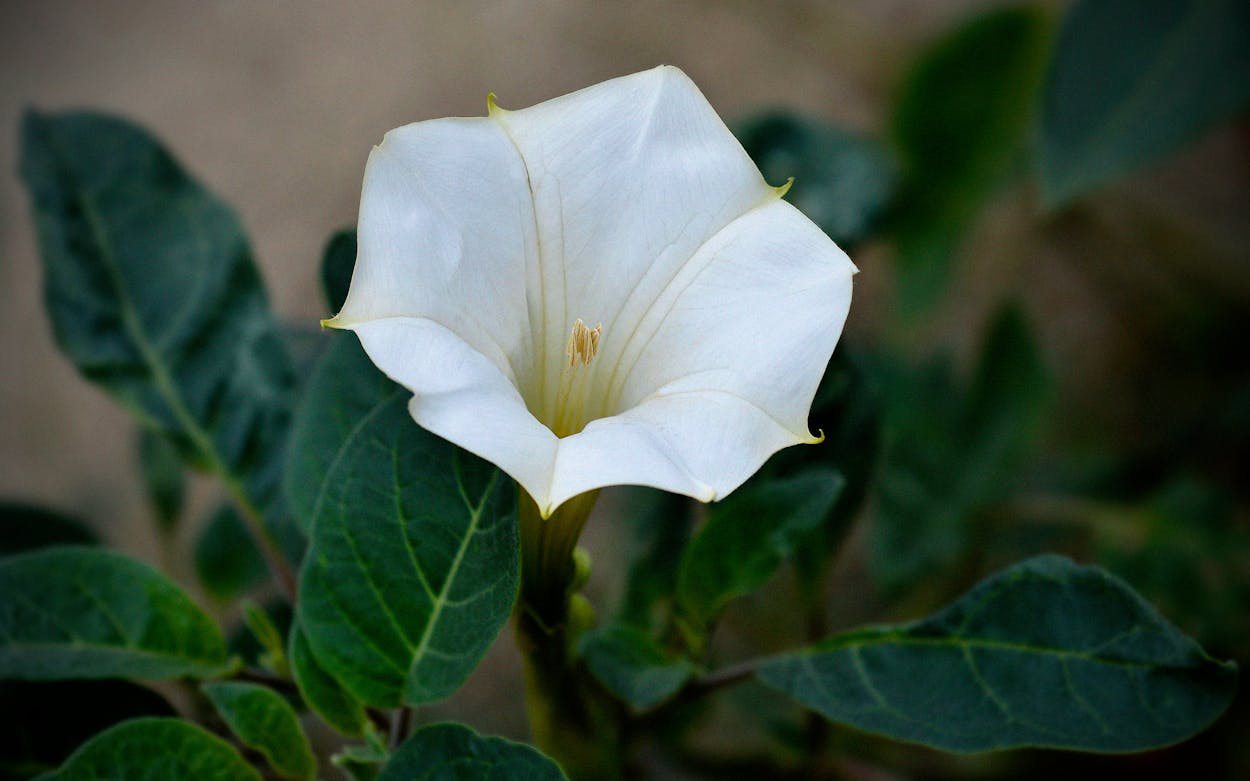Few plants made it unscathed through the brutal summer we just endured in Central Texas. We’re finally out of triple digits now, in early October, after more than eighty days of hundred-degree heat. Lawns remain brown and crunchy, thousands of our region’s beloved pecan trees are expected to die, and in my backyard even the hardy sunflowers have long since withered. Not too long ago, we could still pretend climate change was an abstract threat; now it’s a daily lived reality. On September 24, the thermostat hit 103; a few hours later, baseball-sized hail pummeled from the sky, smashing my neighbors’ windows and windshields. Will this winter include another ice storm and multiday blackout, as it did earlier this year and two years before that? What will the next decade bring?
Just typing out those questions spikes my blood pressure. Call it denial or call it coping, but I try to ward off dread by focusing on what’s in front of me now. When I’m able to do that, I notice the good. The City of Austin’s decision to keep public pools open longer, and to make most of them free, feels life-sustaining. So do minor acts of generosity, such as a neighbor offering her front-yard herb garden to the local Buy Nothing group. “Come get a whole bouquet,” she wrote. Thank goodness that basil and mint are drought-tolerant.
Most recently, I’ve been heartened by a weed. I first noticed it in the spring: a squat, homely thing spreading over the end of a sidewalk, a few blocks from my house. The iNaturalist app quickly identified it as datura, also called angel’s trumpet, Jimsonweed, thorn apple, or—my favorite—moonflower. The plant grew steadily all summer, seemingly unbothered by the heat and drought. It’s now about four feet in diameter and three feet tall, with densely packed green leaves that emit an unpleasant smell. Spiky seed pods the size of Ping-Pong balls hang under the leaves. The plant is, frankly, kind of ugly. But that’s only during the day. Every night, it transforms.
The moonflowers themselves are barely noticeable in the daytime. Long and skinny, they hang closed and limp under the leaves, like so many collapsed umbrellas. But at dusk, the stems rise and open to the night sky: showy, gramophone-shaped blooms, three or four inches across, white with a purplish tinge. Their sweet, strong perfume reminds me of honeysuckle and attracts dozens of bees and moths, which busily pollinate the plant as night falls. The overall effect is so impressive that I’ve taken to walking my dog past the moonflower just after sunset. We both sniff the flowers—though not too closely, on account of all the bees—and marvel for a moment before continuing on our way.
I was fascinated by all the contradictions of this nocturnal plant, but I didn’t know the half of it. “Every part of it is toxic,” says Megan Proska, director of horticulture at the Dallas Arboretum and Botanical Garden. “It’s called the zombie plant because when people eat the seeds, they just go into a stupor.” The species found in Texas, Datura wrightii, is one of about a dozen datura worldwide, and you don’t want to mess with any of them. Indigenous peoples have long used the seeds and leaves, which have hallucinogenic and narcotic effects, in religious ceremonies and for pain relief. In 1676, British soldiers in Virginia ate a datura salad and lost their minds for eleven days. “Some of them ate plentifully of it, the effect of which was a very pleasant comedy,” wrote a local historian in 1705. “They turned natural fools upon it . . . One would blow up a feather in the air; another would dart straws at it with much fury; and another, stark naked, was sitting up in a corner like a monkey.”
The soldiers were lucky to survive. A datura overdose can kill, and last year a woman in India was sentenced to life in prison for fatally poisoning her brother and niece with both datura and cyanide. Accidental overdoses are dangerous as well, according to Mark Vorderbruggen, the founder of Foraging Texas. “It’s one of the most common plants that sends people to the hospital,” he says, “and the effects are pretty miserable,” including not just hallucinations but also altered breathing, convulsions, and digestive distress. I’m not sure I’ll ever look at those pretty flowers the same way again.
Datura’s toxicity is most likely an evolutionary strategy, and a very successful one. Native to Mexico and the southwestern U.S., Datura wrightii is now widespread across West, Central, and North Texas, as well as Southern California and other hot, dry parts of the country. While hard freezes can kill it, the roots usually survive and grow back in time. Moonflower is both wild and domesticated, equally at home in a flower garden and along the side of a road. And like so many plants that thrive in harsh environments, it’s survived by toughening up and telling predators to stay away. Those night blooms are a strategy to beat the heat, and the needle-sharp seed pods and foul-smelling leaves warn any bird, lizard, or human who dares approach: “Leave me alone, or you’ll regret it.” (I may have said almost exactly that to my poor spouse at the end of an especially rough 103-degree September afternoon.)
Don’t let the lore scare you, though. As long as you don’t eat it, datura is a wonderful plant to grow in your garden. “It’s super easy to grow from seed,” Proska says, and it can be planted most any time of year. The flowers will attract bees, butterflies, moths, and other pollinators, which are both fun to watch and vital to the ecosystem. And maybe, as it has for me, watching datura persevere will give you a sliver of hope, a reminder that living things are learning to adapt to our increasingly harsh environment. Even on the hottest days and in the coldest freezes, we’ll keep growing.
- More About:
- Drought








